NESsT formed an advisory board made up of seven gender lens investing experts to help guide NESsT during the process of integrating gender lens practices with its portfolio companies.
The members of NESsT’s Gender Lens Investing Advisory Board include:
Dr. Ruta Aidis - Senior Fellow, Schar School of Policy and Government, George Mason University
Suzanne Biegel - Founder of Catalyst At Large
Leonora Buckland - Institute for Social Innovation at ESADE Business &Law School
Stephanie Oueda Cruz- Head of Gender, Diversity and Inclusion Advisory Services Team at IADB Inter-American Development Bank
Christina Madden - Director of Engagement at Criterion Institute
Laura Somoggi - Womanity Award Program Director at The Womanity Foundation
Nancy Swanson - Managing Director at Linked Foundation
Nicole Etchart, Co-Founder and Co-CEO of NESsT
Over the course of the pilot, our meetings as an Advisory Board revealed 10 Learnings that we share below:
1) Identify the metrics that will make the business case for gender equity and inclusion.
One way to select these metrics is to consider the following question: “what keeps the entrepreneurs up at night?”
2) Try not to ask for too many indicators.
The social entetprises/small and growing businesses (SGBs) in your portfolio will need to disaggregate their indicators by gender lens metrics that go beyond the absolute number of women who are participating at any level of a business. It can also include tracking ‘perceptions,’ such as the perception of career mobility or the awareness of sexual harrasment policies.
3) Indicators will vary based on business models.
The indicators needed for employment models might be different than those for supplier models.
4) Offer incentives for tracking these gender lens indicators as well as for implementing new policies and practices.
Examples of incentives include grant funding to cover the training and design of new policies, increased visibility for their progress on gender equity and inclusion by passing on speaking and any other media opportunities to entrepreneurs in your portfolio, features in publications with reputable and renowned institutions, lead generation for gender lens impact investors or for talent recruitment, and so on.
We encourage you to comment in this blog if you have any other incentives that have worked for you!
5) Consider tracking different criteria and setting different thresholds by sector.
This is another tactic for incentivizing your portfolio companies to track gender lens investing data. The idea is to make the metrics as relevant to them as possible. It may mean more work for your team because of the categorization that will be necessary. However, use this engagement and personalization by SGBs across different sectors to your advantage.
By building out a more nuanced understanding of the metrics that are most relevant to each sector, we get many steps closer towards uncovering gender inequity and exclusion.
6) Plan to build an intersectional gender lens, even if it’s not feasible during the initial building blocks of this process.
In order to demonstrate your commitment towards supporting the most marginalized communities, it is good practice to include intersectionality in the long-term goals for your gender equity and inclusion strategy. Building an intersectional gender lens can be done incrementally.
7) Consider a GLI approach that incorporates a feminist perspective.
This means that you should consider how SGBs in your portfolio can become gender equity and inclusion in terms of shifting gender norms so that they are no longer reinforcing existing gender stereotypes and labor segregation patterns.
8) Consider the leverage you have as an investor and design your incentives accordingly.
Different investment relationships have different governance arrangements, therefore you should consider how your investment vehicle impacts your ability to recruit your portfolio companies to deliver data as part of your GLI framework. For example, NESsT as a debt capital investor has to secure buy-in from the entrepreneurial teams as opposed to posing GLI data capture as a requirement in a way that an equity investor might because of its leverage.
9) Consider setting up quotas for shortlisting applications during the due diligence process.
Even though NESsT conducted its pilot with existing companies in its portfolio, we had the due diligence process of pre-investment companies in the back of our minds. We discussed with our Fund Director and portfolio managers the importance of noting prospective investees sensitivity to gender dynamics in terms of recruitment, employee retention and promotions, and senior management and board representation.
If after setting up quotas your deal flow is abysmal, there are two things you might do: 1) host a brainstorm to discover new areas for deal flow discovery and 2) discuss the appetite of founders in your current deal flow to invest in gender equity and inclusion.
Just because founders are not yet acting with a gender lens, it doesn’t mean that they are not open to it!
10) Celebrate small wins and have fun!
You are transforming the distribution of opportunities and capital to solve some of the most deeply entrenched problems in society. Celebrate small wins to keep your team and portfolio companies motivated. The world needs happy stories to sustain our drive for positive change.





